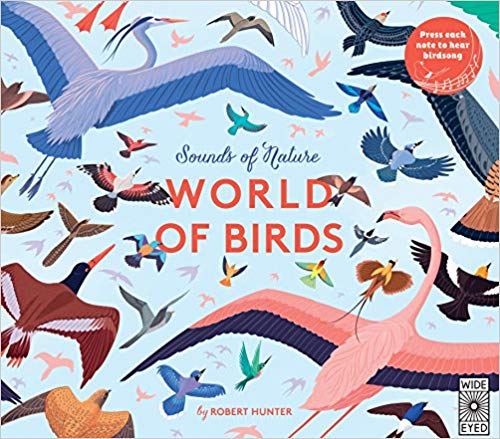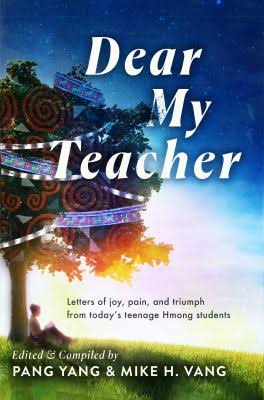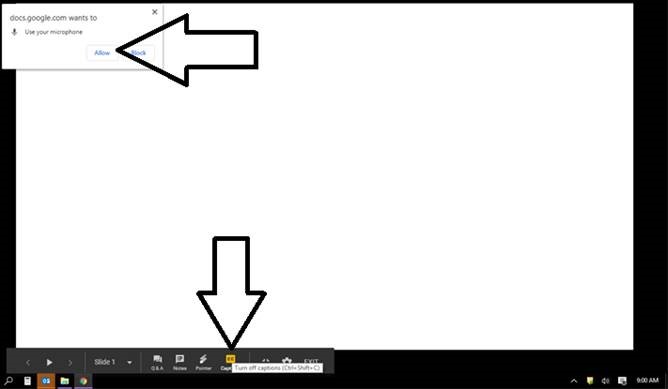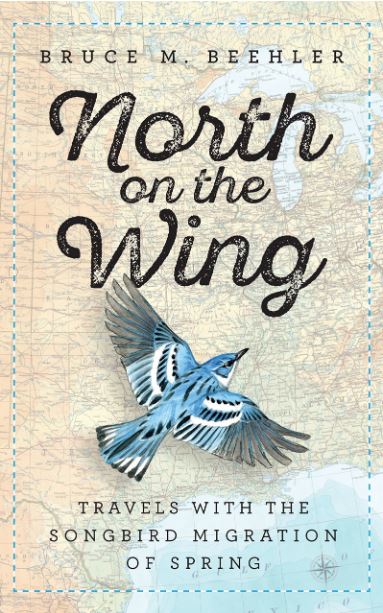This post was created by UW-Whitewater student Morgan Zdroik
 As we celebrate the University of Wisconsin Whitewater’s 150th anniversary, you may wonder what 1868, the first year of, then Whitewater Normal was like. Who were the faculty? What did campus look like? What classes did they offer?
As we celebrate the University of Wisconsin Whitewater’s 150th anniversary, you may wonder what 1868, the first year of, then Whitewater Normal was like. Who were the faculty? What did campus look like? What classes did they offer?
This semester I was an Archives and Area Research Center intern and dedicated my internship to researching and creating an exhibit that commemorates the founding year of Whitewater Normal School.
 I started my process by reading chapters from different books about the first year of Whitewater Normal. The chapters provided me with majority of the information I needed to complete my exhibit.
I started my process by reading chapters from different books about the first year of Whitewater Normal. The chapters provided me with majority of the information I needed to complete my exhibit.
Next, I began to look at photographs of the faculty and campus from the 1800s. This was  by far my favorite part of the process. After carefully looking through the images, I selected the best ones and photographed, edited, and printed them.
by far my favorite part of the process. After carefully looking through the images, I selected the best ones and photographed, edited, and printed them.
Reading through newspaper articles from the Whitewater Register about the beginnings of Whitewater Normal was the next step of my process. After looking at the collection online, I was able to look at the original newspapers from 1868, another one of my favorite steps. I then photographed the articles and printed the photos.
 After hours of planning, printing, taping, and, cutting . . . I was finally able to put my exhibit together!
After hours of planning, printing, taping, and, cutting . . . I was finally able to put my exhibit together!
Displaying vintage photographs and newspaper articles allowed me to give the public a glimpse into the year the university was established.
The exhibit includes information on the first faculty who taught at the school, along with student and campus life.
The First Year: A Glimpse into the Beginnings of Whitewater Normal
Faculty
The first faculty of Whitewater Normal consisted of individuals who were scholars in Mathematics, Moral Philosophy, Grammar, Geography, History, Music, Latin, and the Natural Sciences.
The faculty, their fields of instruction, and the years they taught at Whitewater Normal are listed below:
- Oliver Arey, Mental & Moral Philosophy and Pedagogic and President, 1868-76
- T. Lovewell, Mathematics, 1868-72
- H. E. G. Arey, Rhetoric and Drawing, 1868-76
- Emily J. Bryant, Grammar, Geography, and History, 1868
- J. Brown M. D., Natural Science, 1868-69
- Harvey H. Greenman, Vocal Music, 1869-74
- Virginia Deichman, Instrumental Music, 1868-77
- Clarinda D. Hall, Grammar, 1868-70
- Catherine H. Lilly, Teacher Grammar Department 1868, Grammar and Latin 1871-77
- Ada Hamilton, Teacher Intermediate Department 1868
- Sarah A. Stewart, Teacher Primary Department 1868-69, Geography and History, 1869-72
- C. Chamberlain, Natural Science, 1869-73
- Eliza Graves, Teacher of Intermediate Department, 1869
- Helen M. Bowen, Teacher of Grammar Department, 1869
- Etta Carle, Intermediate and Academic Departments 1869-70
- E. Vansickle, Teacher Intermediate Department 1869-70
- Mary A. Brayman, Teacher Primary Department 1869-71
 Whitewater Normal also had a president who began when the university first opened. The first president was Oliver Arey. As listed above, Arey was also a Mental & Moral Philosophy and Pedagogic teacher.
Whitewater Normal also had a president who began when the university first opened. The first president was Oliver Arey. As listed above, Arey was also a Mental & Moral Philosophy and Pedagogic teacher.
 His wife, Mrs. H. E. G. Arey was one of the first teachers at Whitewater Normal and was often considered a second mother to the students.
His wife, Mrs. H. E. G. Arey was one of the first teachers at Whitewater Normal and was often considered a second mother to the students.
Oliver Arey remained president while he and his wife taught until the pair left in 1876.
Students and Student Life
During the first term at Whitewater Normal, spring 1868, there were 48 students enrolled in the Normal Program and 102 in the Training School. The second term, fall 1868, enrollment in the Normal Program climbed to 105 students while the Training Program had 98 students.
Whitewater Normal offered three courses of study; an elementary course of two years, an institute course of one term, and an advanced course of three years.
 In order to be a student at Whitewater Normal, one had to be very serious about school. Students partook in required study hours throughout the day. The hours were 6-7am and 9am-12pm in the morning and 2-5pm and 7-9pm in the afternoon and evening.
In order to be a student at Whitewater Normal, one had to be very serious about school. Students partook in required study hours throughout the day. The hours were 6-7am and 9am-12pm in the morning and 2-5pm and 7-9pm in the afternoon and evening.
Students also had to follow a point system. Each student began with 100 points and lost points depending on their bad behavior and actions:
- Absence from prayer, declamation or recitation = 2 points
- Unexcused tardiness = 1 point
- Exam absence = 10 points
- Entering a saloon or barroom = 5 points
- Personal violence = 50 points
President Arey created a day in which the entire faculty stayed at home and an elected student from each class would take over and teach the class that day. He called this day Students Day and created such a day to test the student’s leadership skills and devotion to their schoolwork.
Although school appeared to be all work and no play, students of Whitewater Normal developed their own organization during the first year.
 Before fraternities and sororities, students created literary societies. Whitewater Normal students developed the Lincolnian literary society towards the end of the 1868 spring term. This organization consisted of smart, well-informed men and women. To be a member of the society, student were required to pay dues of $.50 and fines for overdue library books. The society was finalized on May 1, 1868.
Before fraternities and sororities, students created literary societies. Whitewater Normal students developed the Lincolnian literary society towards the end of the 1868 spring term. This organization consisted of smart, well-informed men and women. To be a member of the society, student were required to pay dues of $.50 and fines for overdue library books. The society was finalized on May 1, 1868.
The graduation process in 1868 was much different from today’s graduation. In order to graduate and receive a diploma a student had to be at least 19 years old, an academic resident for one year, and obtain a certificate of attendance from the president.
Unfortunately, similar to today, some students were kicked out of school for their grades or behavior. At Whitewater Normal, some students were publicly expelled. For example, students Orvis C. Flanders and Minerva Richmond were expelled for displaying characteristics unbecoming of a teacher.
Campus and Campus Life
Construction of Old Main, the school building, began on October 2, 1866. Due to various delays in the building’s construction, Whitewater Normal was not dedicated until April 21, 1868.
 Students at Whitewater Normal were very fortunate to receive free tuition for those enrolled in the Normal Program. Board was $3.00-$3.50 per week and students could rent library books and textbooks for $1.
Students at Whitewater Normal were very fortunate to receive free tuition for those enrolled in the Normal Program. Board was $3.00-$3.50 per week and students could rent library books and textbooks for $1.
Tuition for the training program, however, had different rates depending on the training. It cost $.30 a week for primary training, $.40 a week for intermediate training, and $.70 a week for academic training.
Students could also take piano and oil painting lessons, which cost $12 each or linear and watercolor drawing lessons, which cost $6 each.
Conclusion
Overall, my internship and exhibit have allowed me to grow as a historian and become more comfortable as a writer. I hope to one day become a museum exhibit designer and create exhibits for a larger audience.
I encourage you go to look at what I have worked on all semester. My exhibit is currently on display in the three display cases outside the entrance of the library. I hope you not only enjoy what I have created but also learn something new!


 Andersen Library
Andersen Library 














